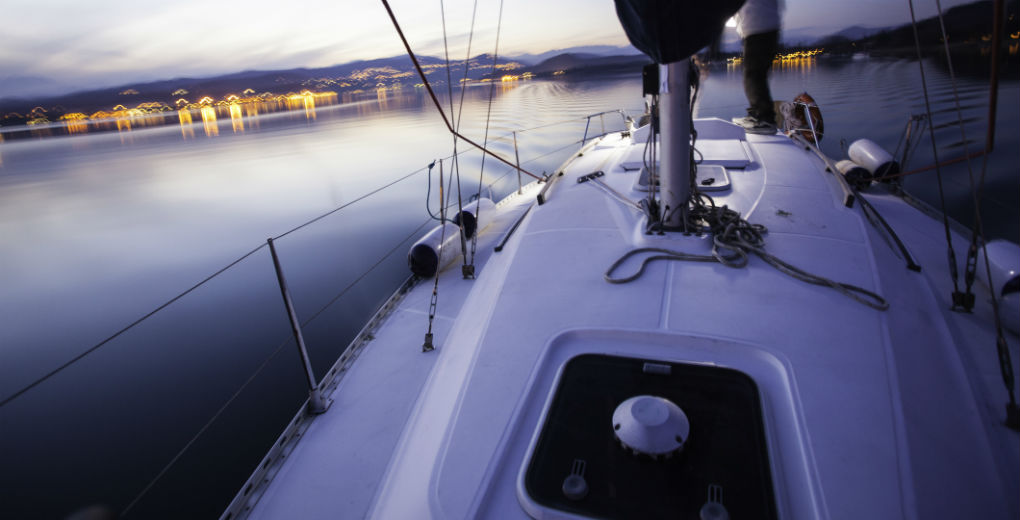From fleets of small wind-powered drones to computer-controlled cargo ships, automated vessels are undoubtedly on their way.
Shipbuilders are following in the footsteps of car manufacturers to develop automatic, unmanned ships. Some vessels already use navigation assistance and, in the same way cars use lane control and automatic parking, they could be retrofitted to get even more robotic control.
A Norwegian company is already planning to introduce autonomous ferries in 2018, and earlier this year the US launched its first self-driving warship. Recently Rolls Royce unveiled a concept for a completely computer-controlled, unmanned cargo ship.
Oskar Levander, Vice-President of Marine Innovation at Rolls-Royce, outlined the concept at the Autonomous Ship Technology Symposium in Amsterdam, saying: “This is happening. It’s not if, it’s when. The technologies needed to make remote and autonomous ships a reality exist.”
What will they look like?
Rolls Royce’s whitepaper sets out a vision for a “lean and efficient” cargo vessel which would be a hybrid of self-driving and remotely operated, reducing or eliminating the need for a crew.
An onboard computer would control the ship, and as it enters a port it could be controlled remotely by a “captain” stationed at a shore command centre, who could be overseeing up to 100 ships – or crew members could sail out and board.
What are the advantages to a crewless cargo ship?
Less space taken up by crew quarters = more cargo
Eliminating the quarters, mess, food supplies and other features built for humans means a lot of extra space, which could be filled with more cargo. This benefits businesses by transporting a higher volume of goods as well as cutting current timelines.
Designers can rethink weight distribution
Traditional ships have a lot of weight in the stern due to the bridge, which means the buoyant centre usually has to be weighted down by heavy ballast – often in the form of superfluous water. This design flaw would be eliminated by the removal of manual controls, meaning weight can be redistributed, and less ballast required.
Reduced electrical consumption
Paring back all the systems which are currently required will have a significant effect on energy usage. Levander says: “When we add this all together, the reduced electrical consumption when we take out systems, the lower weight of the vessel, the lower wind resistance, we talk about a 10 to 15 percent fuel saving for a typical cargo vessel.”
What are the potential problems?
There’ll be no crew on hand to carry out repairs
With nobody aboard, manual repairs would be impossible. Crewless vessels may be fitted with small drones as well as sensors which relay information, but ships will need to be primarily built for reliability, with a focus on minimising maintenance. For example, engines may be built with two or four propellers instead of the usual one, while liquefied natural gas could be used instead of diesel as it requires no pumps or fuel injectors to run.
Regulation doesn’t exist yet
The regulatory landscape hasn’t yet caught up with self-driving vessels, both technically and legally. Most maritime accidents are caused by operator error or fatigue, so automation could improve safety, but regulatory bodies are likely to require proof of satisfactory safety features.
Computer controls have the potential to be hacked
Levander warns that remotely controlled operating systems could, in theory, be hijacked by hackers. Pirates could take control of the ship to steal cargo for ransom, crash ships on purpose or change a boat’s operational actions to cause severe disruption.
Clearly, some regulatory and security risks must be addressed before self-driving boats become de rigueur in the marine industry. But as the EU grants funding of $4 million to develop the concept, the future of autonomous vessels certainly seems to be in reach.

